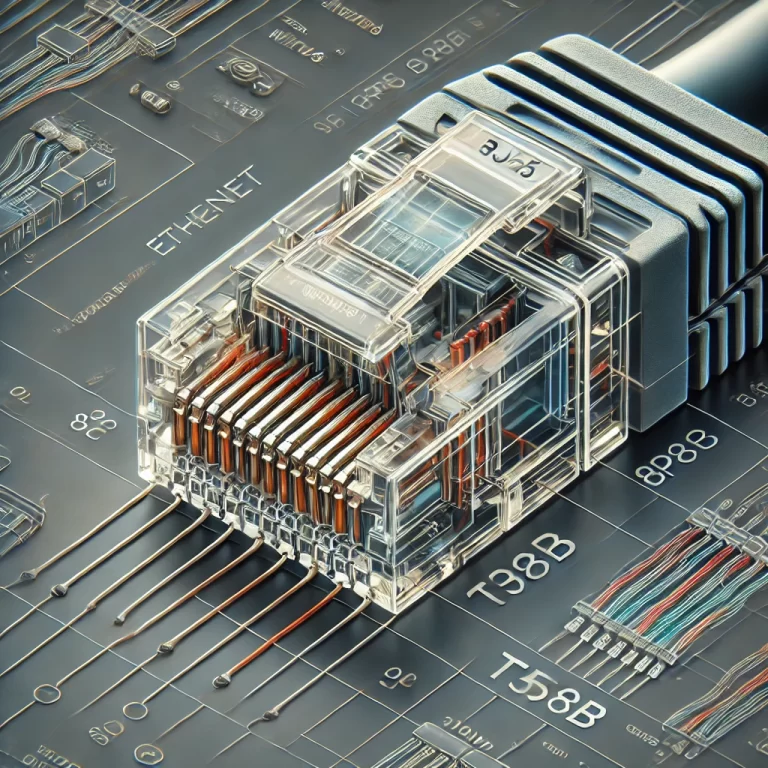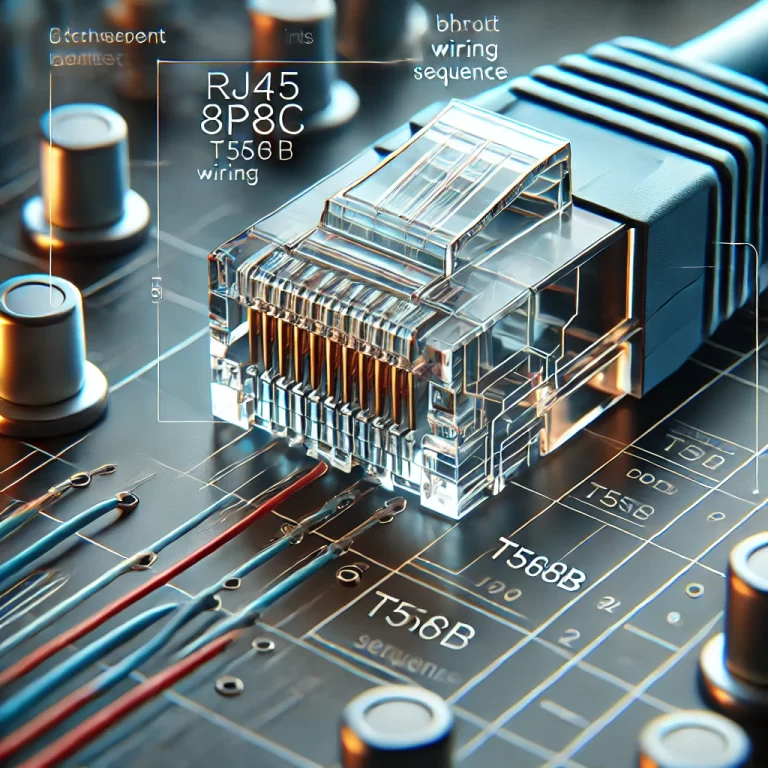The term “RJ45” is often used synonymously with Ethernet networking, but few people understand what it actually means and why this designation is so specific. To fully grasp why network ports are called RJ45, it’s essential to delve into its history, characteristics, and why it became the standard for network interfaces.

What Does RJ45 Stand For?
RJ45 stands for “Registered Jack 45,” which is part of a series of standardized interfaces established by the Bell System in the United States to regulate the physical network connections between telecommunication equipment. The “RJ” stands for Registered Jack, and the number “45” designates the specific wiring scheme associated with this type of jack.
Originally, registered jacks were created to standardize the connections between customer premises equipment and the public telephone network. Although RJ designations include various types of jacks (e.g., RJ11 for traditional phone lines), RJ45 has become widely recognized as the go-to interface for Ethernet networking.

Physical Characteristics of RJ45
The RJ45 connector is an 8-position, 8-contact (8P8C) modular plug and jack system, meaning it can accommodate up to eight wires in the cable, which correspond to four twisted pairs. Each of these pairs plays a role in data transmission, allowing for full-duplex communication where data can be sent and received simultaneously. The design ensures a robust and reliable connection, capable of supporting high data transfer rates.
While many people refer to the 8P8C connector as RJ45, technically speaking, RJ45 specifies the wiring pattern rather than the physical connector itself. The connector is commonly associated with the T568A or T568B wiring standards, which outline how the individual wires are terminated within the plug.

Why RJ45 Became the Standard
The widespread use of RJ45 for Ethernet networking can be attributed to several factors:
Compatibility with Ethernet Standards: RJ45 is compliant with the IEEE 802.3 standard, which governs Ethernet technology. This compatibility made it an ideal choice as Ethernet evolved into the primary networking protocol for local area networks (LANs) around the world.
Ease of Use: The design of RJ45 connectors is simple yet effective. It allows for straightforward crimping and installation, making it easier for technicians and network installers to deploy large-scale networks efficiently.
Versatility and Durability: RJ45 connectors can handle different data speeds, from basic 10 Mbps Ethernet to Gigabit Ethernet and beyond. Their versatility makes them suitable for various networking environments, from small home setups to large corporate infrastructures.
Widespread Adoption: The adoption of RJ45 ports as a universal interface was propelled by the rapid growth of Ethernet technology in the late 20th and early 21st centuries. It became the de facto choice for connecting computers, routers, switches, and other network devices, solidifying its place as the industry standard.

RJ45 vs. Other Connectors
While RJ45 is the dominant connector in Ethernet networking, it’s important to understand how it differs from other registered jacks:
RJ11: Commonly used for telephone lines, RJ11 is a 6-position, 2-contact (6P2C) or 6-position, 4-contact (6P4C) connector. It is smaller than RJ45 and typically used for single-line phone connections.
RJ21: Known as a 50-pin connector, RJ21 is used for large, multi-line phone setups or some data applications that require denser wiring solutions.
Despite these differences, RJ45’s combination of simplicity, adaptability, and compatibility with Ethernet has kept it at the forefront of networking technology for decades.

Conclusion
The reason network ports are often called RJ45 lies in its roots as a standardized registered jack that has proven ideal for Ethernet networking. Its design allows for efficient data transmission, robust connectivity, and seamless integration with networking standards. As the backbone of Ethernet connections in both consumer and enterprise settings, RJ45 continues to be an essential component in modern digital communication.
Whether in a small home network or a sprawling data center, the RJ45 connector has secured its position as a reliable and versatile interface, facilitating the high-speed data transmission we rely on in today’s interconnected world.
